- Furniture
- 0 likes
- 683 views
- 0 comments

Mixing wood tones is a common design challenge – perhaps you’ve collected different, disparate furniture over time, inherited an antique that you’re not sure how to style with your current wood pieces or have moved into a new space with unique wooden features.
While combining different wood tones in your home may seem daunting, there are a few key ways to ensure you strike the right balance to avoid either a totally disjointed or an overly matchy-matchy look!
Should You Mix Wood Tones in Your Interiors?
Yes, in fact, using too much of the same wood tone can make a space feel outdated or flat and lacklustre. Mixing different tones provides a more welcoming and lived-in feel, adding visual interest and more authentic personality.
Wood, in all its varying shades and finishes, can generally be used as a neutral, so different natural wood tones will often end up working well together regardless. Being very intentional about how you utilise and style different wooden elements in your home can help provide a professionally styled, elegant look.
1. Find Your Dominant Wood Colour
A good place to start is by identifying your space’s dominant wood tones and values. This might be your floor, cabinets or the largest wooden piece – i.e. the most obvious and visually present wood colour in the room. This will help you decide which other tones will work as contrasts or complements and serve as the anchor to your space.
2. Match the Undertones
Once you know what your dominant colour is, look deeper and evaluate the undertones present in your wood. Consider whether your key pieces have warm, cool or neutral undertones and try to stay within this general palette. If your undertones are primarily warm, incorporate other warm wood pieces and pair cooler tones with cool woods.
- Warm wood tones: Oak, cherry, maple, walnut and mahogany or anything with rich golden or reddish-brown colours.
- Cool wood tones: Ash, pine, birch and anything with hints of grey, black, blue or even green.
- Neutral wood tones: Versatile woods like white oak and walnut can often work well with either warm or cool tones.
Remember, the stain of the wood will also affect its undertones quite dramatically. For instance, our acacia wood furniture pieces vary in tone and final colour quite a bit depending on the finish.
If you’re unsure whether a wood is warm or cool, just place two swatches or examples side-by-side, and you’ll be able to see the visual difference very easily and determine whether the woods’ undertones blend together nicely.
3. Contrast Light & Dark Wood Colours
Once you’ve decided whether you’re sticking to warmer or cooler undertones, it’s time to think about contrast in terms of light vs dark. If your dominant tone is light, add a few dark wood or even black elements, such as a dark wood sideboard or striking coffee table. Likewise, incorporating light pieces is essential if your dominant tone is darker or medium-toned.
Try to incorporate a few instances of the same contrasting colour to ensure no one tone stands out too much. This repetition will help rooms feel more cohesive. You can achieve this by matching the wood tone of a large piece to smaller, more subtle items like picture frames or shelf decor.
4. Pay Attention to Finish & Texture
As well as finding contrasts or cohesion through colour, also consider how the finish, texture and grain of your pieces come into play. For instance, glossy side tables with a smooth finish can contrast wonderfully against rustic doors of wooden beams to help create a richly layered space.
.jpg)
5. Mix Old & New
Another good way to embrace contrast is through the use of old and new furniture. Most of us collect furniture over time, swapping in different pieces as and when it's possible. This allows plenty of scope to curate an eclectic selection of old and new, light and dark, contemporary and antique pieces, adding to a more organic, authentic style.
6. Unify With Style
When utilising different contrasting wood tones, it can often help to find an element of consistency through other areas, such as the general style of the furniture or different shapes used throughout the space.
If the majority of your furniture has a Scandi feel, embrace this and highlight other Scandi-style elements. If a particularly prominent piece has a distinctive silhouette, whether it's curved, organic shapes or clean lines, reflect this elsewhere in your interiors.
7. Incorporate Textiles
The introduction of different textures and textiles can further help tie your space together. Rugs, curtains and throws will soften the transition between different wood tones.
Textiles with neutral colours can also help bring out the warm or cool tones present in the wood, strengthening any contrasts or working to highlight the matching tones.
8. Keep it Simple
Mixing wood tones right doesn’t have to mean a complete furniture overhaul. Keep it simple – start by working with what you have and understanding the wood colours present in your home.
Creating a home you love takes time. Even small changes like adding a few picture frames, pots, trays or other decorative items that tie into your wood scheme can help transform your space and send you well on your way to expert designer territory!
Still seeking the perfect finishing touch for your space? Check out our stunning selection of mango wood furniture for an array of rich wood tones that’ll effortlessly elevate your space.

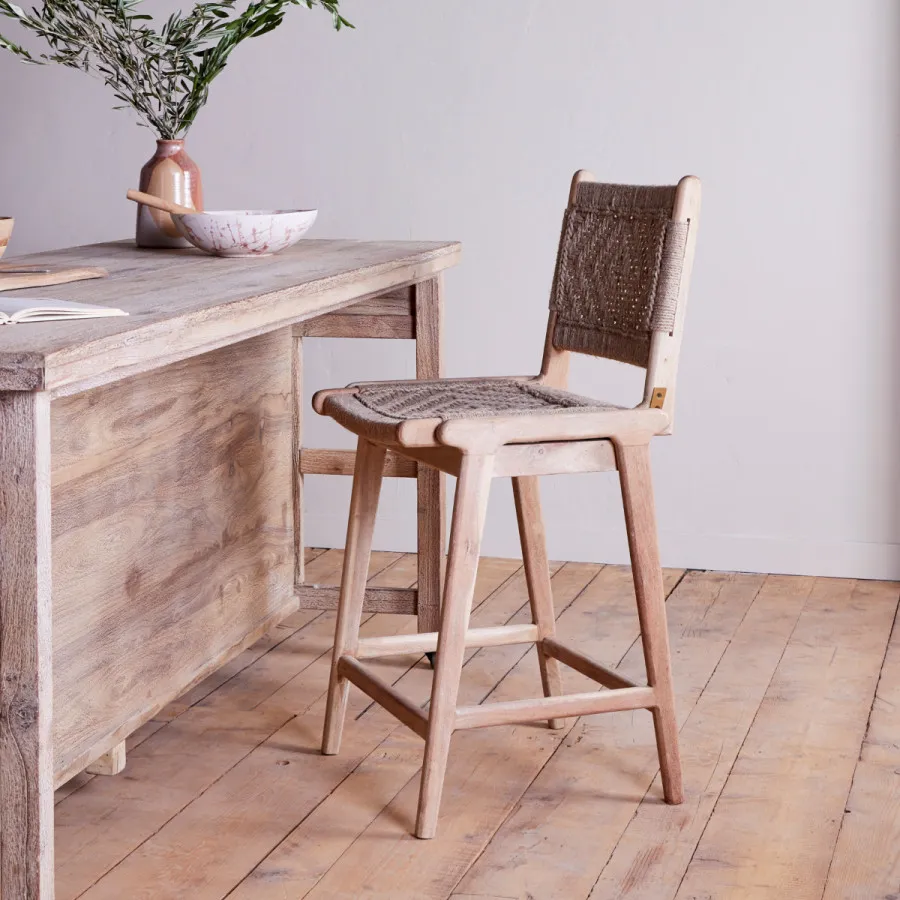
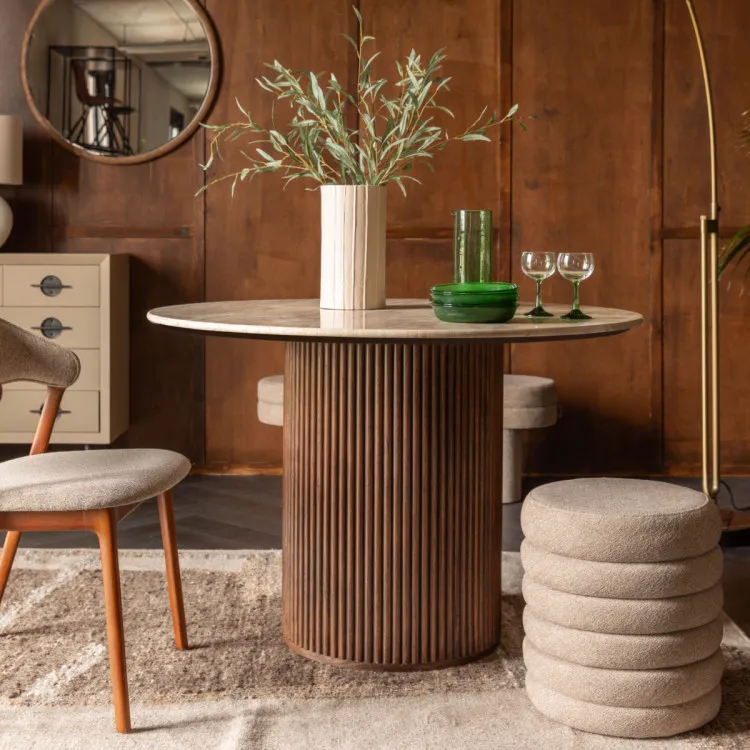
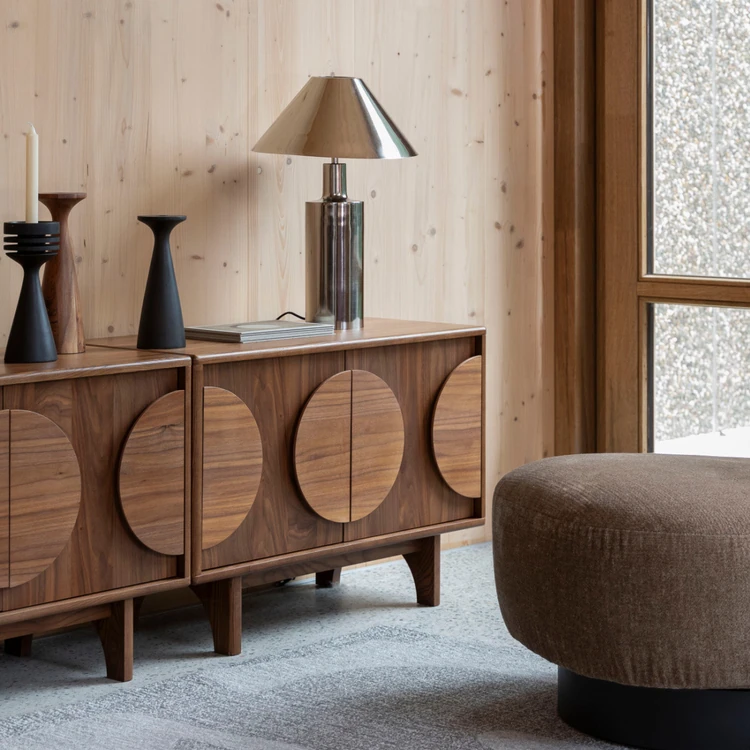
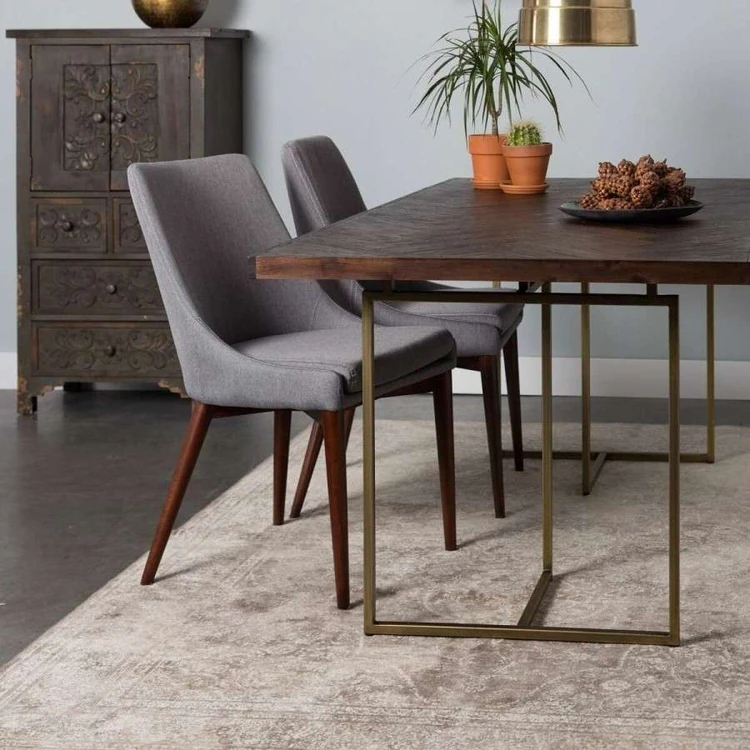
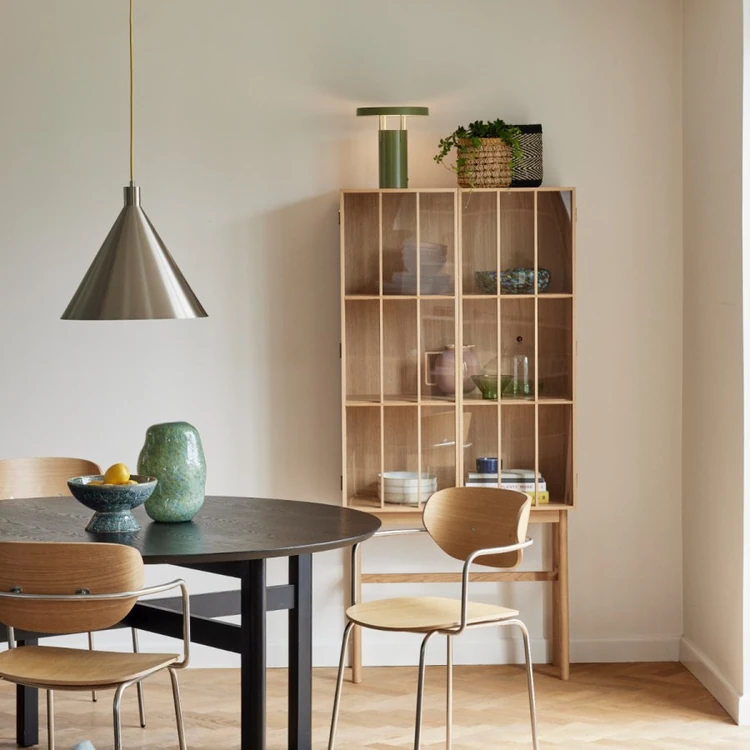
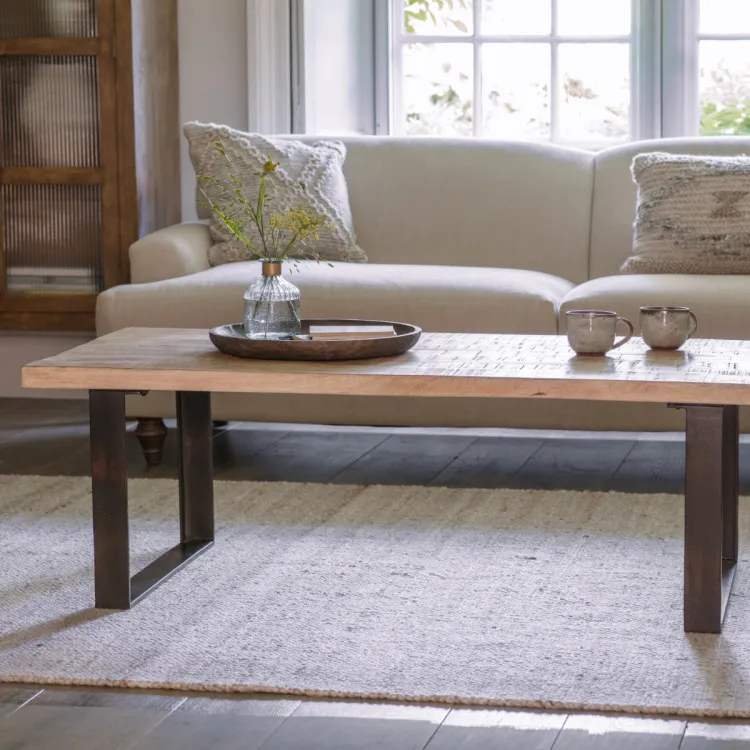
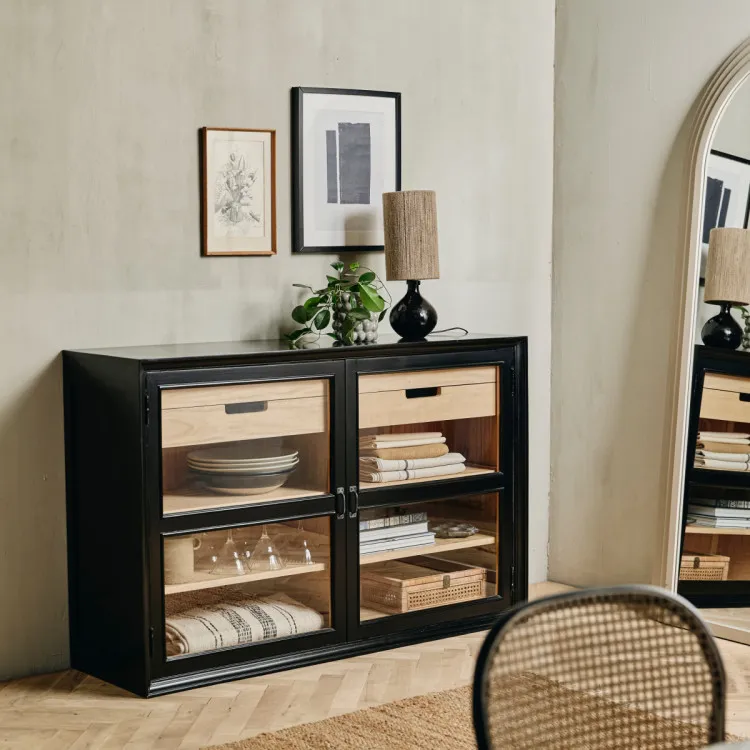
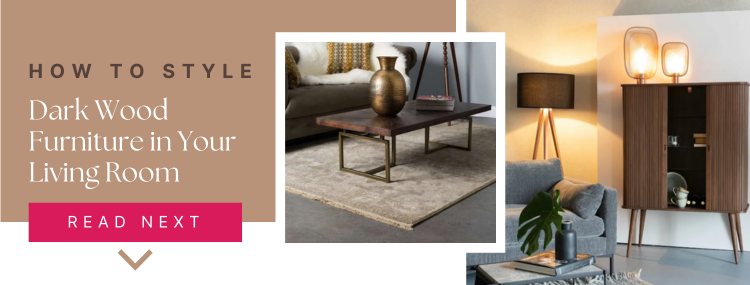
Comments (0)